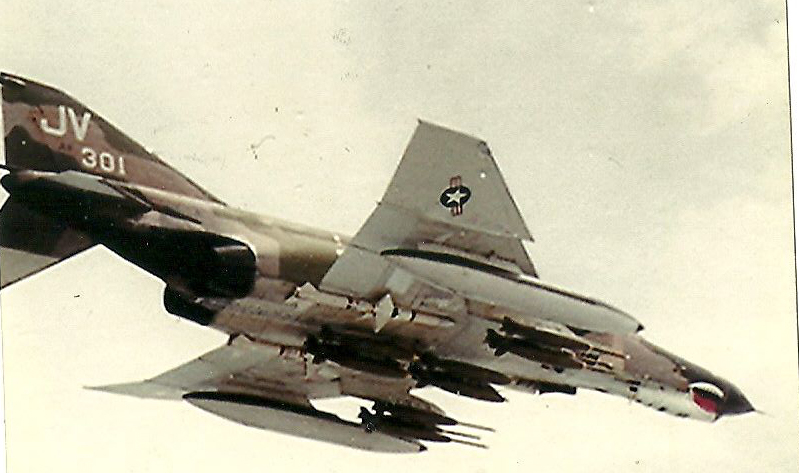They used a Hercules, so I expect that a payload of 11 tonnes or so isn't that large in the scheme of things. I expect it would have been positioned to sit on the aircraft CofG. The actual parachute drawn release happened very quickly, probably without enough time to make any CofG change. But, in slow motion, as it moved aft, so would the CofG, that would cause the aircraft to pitch up. Once out of the door, the aircraft would be instantly 11 tonnes lighter, and so would be making that much too much lift. So, if you wanted to remain more or less level, you'd need a forward push on the control, nose down trim, and a reduction of power. I expect that it wouldn't be much different to an airborne cargo drop.
As I write this, I'm sitting in London, and there are articles in the paper here about the MOAB. It strikes me as a curious choice of weapon, as, being an air burst, it's not designed to operate against tunnels. I guess it would have an effect on shallow ones, but it isn't a penetrator. Also the papers are going on about it being the largest, etc. But, they need to look at a bit of history, as the RAF had two very large penetration bombs in WWII. Tall boy at 12,000lbs, and Grand Slam at 22,000. Release weight of GS and MOAB are almost identical.















